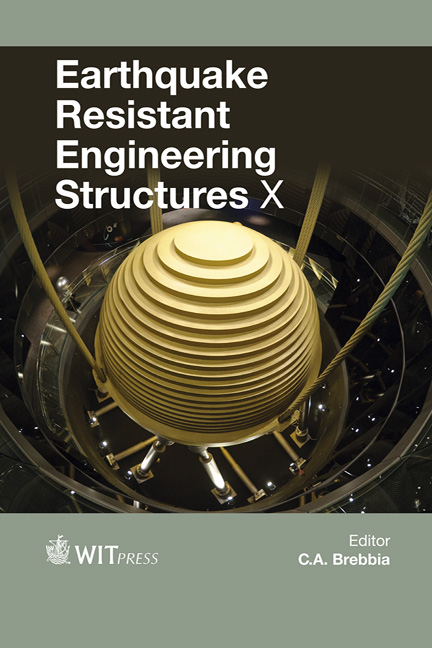Consideration Of Torsional Irregularity In Modal Response Spectrum Analysis
Price
Free (open access)
Transaction
Volume
152
Pages
10
Page Range
209 - 218
Published
2015
Size
724 kb
Paper DOI
10.2495/ERES150171
Copyright
WIT Press
Author(s)
O. A. Mohamed, O. A. Abbass
Abstract
Modal Response Spectrum Analysis (MRSA) is one of the most commonly used methods for determination of seismic response in building structures. In MRSA, the structure is idealized as a series of single-degree-of-freedom systems, each having its own mode shape and vibration period. MRSA is permitted for structures in any seismic design category (SDC) and many types of irregularities. Even the most traditional structures can have torsional irregularity types 1a or 1b as defined in ASCE 7–10. The presence of torsional irregularities implies seismic forces may be amplified due to eccentricity of seismic forces. The purpose of this paper is the discuss the determination of the effects of torsional irregularity on seismic response in accordance with ASCE 7–10, when MRSA is used for calculation of seismic forces and drifts. A common misconception is that use of MRSA incorporates different vibration modes, therefore, torsional irregularity effects need not be accounted for as many vibration modes already include twisting of the three-dimensional structure. This paper discusses why torsional irregularity must be accounted for, even when MRSA is used. A case study reinforced concrete structure is used to demonstrate an interpretation of the current code provisions for incorporation of torsional irregularity effects when MRSA method is used.
Keywords
Modal Response Spectrum Analysis, Equivalent Lateral Force Analysis, torsional irregularity





